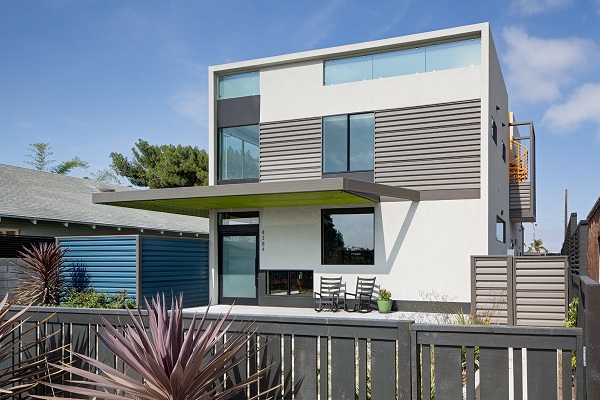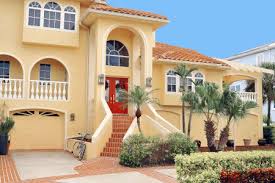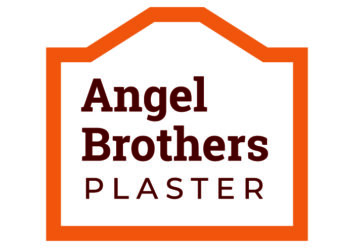
ACRYLIC FINISH TEXTURES
A
ngel Brothers Acrylic Finish Textures
1. ACRYLIC SAND
Within the last decade, acrylic has become very popular as an alternative finish coat to the traditional portland cement “stucco” finish. Both finish coats are excellent finish materials, can be integrally colored and are vapor permeable, but this is where the similarities end.
2. ACRYLIC HEAVY WORM, HEAVY SWIRL
As with most things in life, there are advantages and disadvantages to each material. The first important step is not
to confuse the two finishes with each other. Stucco is defined by Webster’s dictionary as “an exterior plaster made
of cement, lime and sand.” While stucco is a natural cement product, acrylic finish is a synthetic man-made coating.
Stucco cures to a hardened state while acrylics dry to their final hardened state. This is a critical difference when
considering environmental conditions during application.
3. ACRYLIC SEMI-SMOOTH
Regions of Canada and the United States seem to have a preference to one or the other finish coat material for portland cement plaster bases. For example traditional stucco finishes are much more popular in Southern California,
while acrylic finish coat is more popular in Seattle. Vancouver, B.C., seems to have a fair mix between acrylic and
stucco. Designers must choose which finish material is most appropriate for the building and best meets the desires of their
client. A checklist of the desired aspects is one good way to help decide which material should be used.
4. ACRYLIC WORM, LIGHT SWIRL
Texture:
Cement finish has practically an unlimited variety of textures from smooth trowel, mission, and old English tocombed. While acrylics have some range of texture, most acrylics are applied in a sand finish texture, and the widerange of texture choices is not their strong suit.
5. ACRYLIC FINISH, COLORED AGGREGATE
Color:
Acrylic finishes can come in just about any color imaginable and can be matched to almost any shade desired. The
consistency of color is very good with acrylics, even in darker shades. Stucco, being cement based can only hold
so much pigment, and dark tones are not recommended. Stucco works best in light pastel shades, and some slight
variation in color shade should be expected. This is particularly true with stucco sand finish-texture. Colored cement
stucco can be “fog” coated, which is a good method to improve the color consistency.
6. ACRYLIC FINISH, MEDIUM SAND
Application:
Acrylics dry from the outside in and can be sensitive to environmental conditions. Acrylic finish should not be applied
in temperatures below 40 degrees F (4°C). Sometimes air circulation is more important for drying than temperature,
especially in humid conditions. Cement stucco finish “cures” as opposed to drying and can be applied in temperatures as low as 35 degrees F (2°C).
The portland cement plaster basecoat must be cured a minimum of seven days before applying acrylic or stucco,
but a longer cure time is beneficial. It gives the building additional time to “find itself” or settle before the finish coat is
applied. The NWCB recommends, if possible, waiting 14 to 21days.
Your Vision. Our Team. Your new Home.

